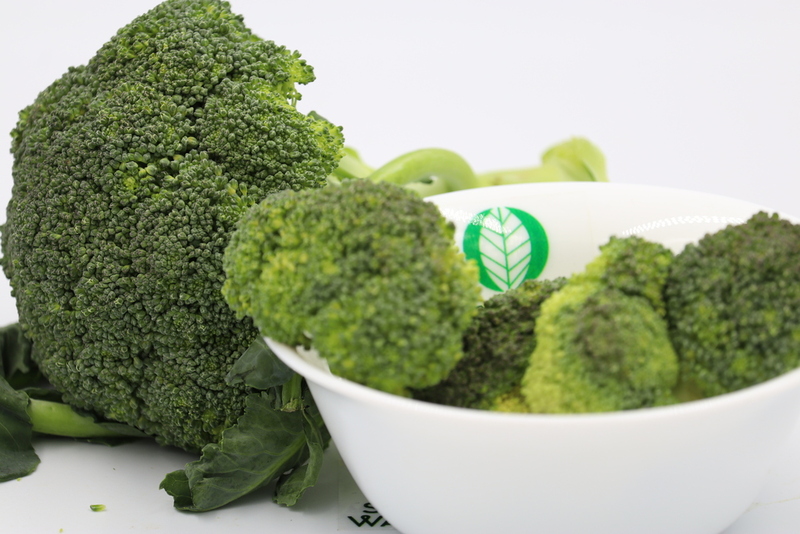
The period 2020 – 2023 is almost going down in history as a period that will be remembered for rampant inflation. It started with the COVID-19 pandemic, then soon other conditions added to make things worse.
Many countries around the world have seen record inflation figures. Prices of basic commodities have skyrocketed consistently for some time now, and there seems to be no end in sight.
Presently, the war in Ukraine is disrupting global food markets, which is further contributing to the rise in food prices. The war has disrupted the export of wheat, corn, and other key crops from Ukraine, which is a major global exporter of food. This is causing shortages and driving up prices in other countries.
Some more context into how Ukraine is playing a key role in the inflation nightmare:
- Ukraine is the world’s fifth-largest exporter of wheat, and it accounts for about 10% of global wheat exports.
- Ukraine is the world’s fourth-largest exporter of corn, and it accounts for about 15% of global corn exports.
- Ukraine is the world’s largest exporter of sunflower oil, accounting for about 47% of global sunflower oil exports.
In the US, inflation eased a bit in April 2023 to around 4.9 per cent compared to a year ago but this is still way above the Fed’s target of 2% for the 2024-2027 period.
In the United Kingdom, the increase in prices of food including non-alcoholic beverages passed 19% by March 2023. This was considered the highest annual increase in a 45 year period.
The situation has been largely the same across the rest of the world. No country can really claim to be having it easy, and this means all players in the food sector are going through some of the worst periods in their operations.
Farmers as well as other food businesses are particularly finding it difficult to make a living and for the majority, this is unfortunately putting a strain on their mental health.
Here are the major predicaments facing farmers:
- Reduced profits: Farmers are facing higher costs for inputs such as fertilizer, fuel, and labor. This is making it difficult for them to make a profit, even when food prices are high.
- Increased debt: Farmers are taking on more debt to cover their costs. This is making them more vulnerable to financial hardship if food prices fall.
- Reduced investment: Farmers are investing less in their farms because they are not sure if they will be able to make a profit. This could lead to lower yields in the future.
- Increased stress: Farmers are under a lot of stress because of the high food prices. This is leading to mental health problems and even suicides.
If you are a farmer, please explore these tips for farmers shore your business during this difficult time:
- Reduce your costs: This could include negotiating better prices with your suppliers.
- Increase your yields: Try using new crop varieties, more efficient irrigation systems, or better pest management practices.
- Get financial assistance: If you are struggling to make a profit, you may be able to get financial assistance from the government. This could include direct payments, loans, or tax breaks. For example, the US Department of Agriculture offers various grants and loans targeted at farmers. You can take advantage of these programs to ease the pain that has been caused by high inflation.
- Create a more supportive environment: Come together as a group of farmers to influence policy by working with your local government to create a more supportive environment for farmers. This could include reducing regulations, providing access to markets, or offering financial assistance to affected farmers.
Join Our FREE Platform to Buy and Sell Fresh, Quality Produce Today! 

Sign up today and experience a world of incredible flavors and opportunities. Whether you’re a farmer, a passionate home cook, or a savvy food trader, our platform provides a seamless and vibrant marketplace to connect with suppliers and buyers from all corners of the globe. Say goodbye to average ingredients and hello to the finest, freshest produce available.
Some of the countries where farmers have been most affected include Argentina and Brazil which are major exporters of soybeans and corn, India which is a major producer of wheat and rice, and the United States which is a major producer of corn, soybeans, and wheat.
Other businesses in the food chain have not been spared either. For example, food and beverage businesses all over the world are experiencing a decline in sales.
Read next: How Artificial Intelligence Could Revolutionize Insurance in Food Industry
Generally, the cost of labor has been rising. In order to attract and retain employees, the businesses are being forced to raise wages. This is increasing their costs, and it is making it difficult for them to make a profit.
The cost of transportation has also been rising. In order to get their products to market, food businesses are being forced to pay higher shipping costs. This is increasing their costs and diminishing profits.

